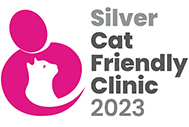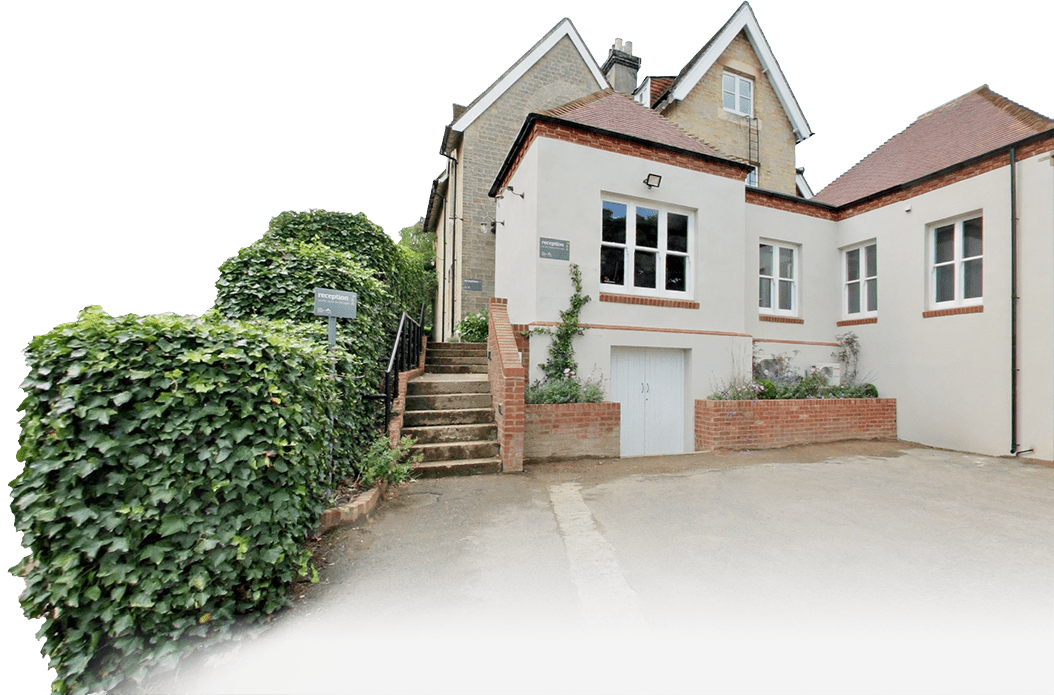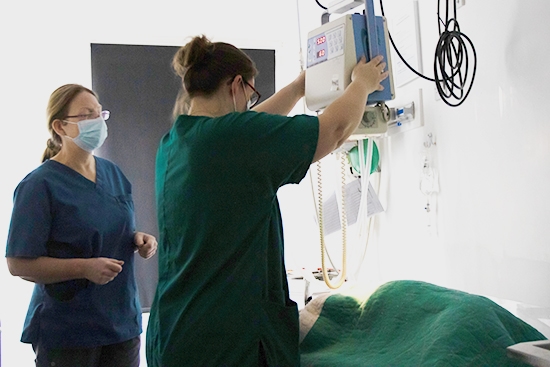Crofts Veterinary Surgery is a small animal veterinary clinic based in Haslemere, Surrey and provides the highest standard of veterinary care in a professional and friendly environment in the local area.
Our clinical protocols are continuously updated to ensure that your pets are being cared for to the highest standard here at Croft Vets in Haslemere, Surrey.
Crofts Veterinary Surgery was the first veterinary practice in Haslemere, Surrey, and was set up in the early 1920s, a young Dr. Rolston came down from London to Haslemere, to set up the practice. He named it Crofts Vets and he was the only Doctor in Haslemere for the next twenty years.
A hundred years later, Crofts Veterinary Surgery in Haslemere, Surrey continues to cultivate its traditional ethos whilst driving innovation. We understand and value the relationship you have with your pets - our team are committed to delivering high-quality pet care with a friendly, personal touch.













